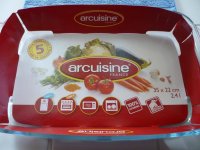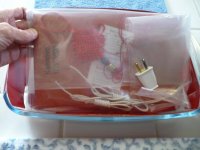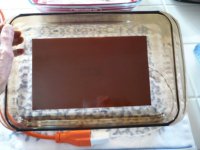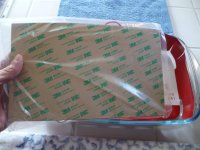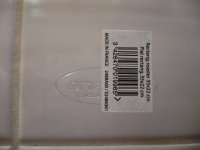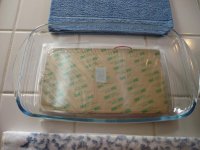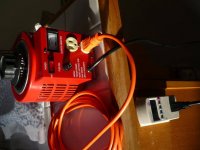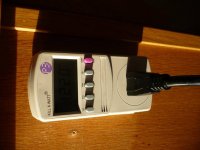PicosPoisonftw!
Active member
Thanks for this Sky



Distillation at 80°F though?
Sky: Thank YOU for all the information overload. (Mr
Marosi I as well, of course)
whats wrong with distilling at 80*?
If you have the ability to completely remove vapor pressure, shouldn't you aim for as close to the true boiling point as possible?
Nothing is wrong with it...
Looks like the company intentionally recovers at low temp, to influence the test results...


Distillation at 80°F though?
Sky: Thank YOU for all the information overload. (Mr
Marosi I as well, of course)
